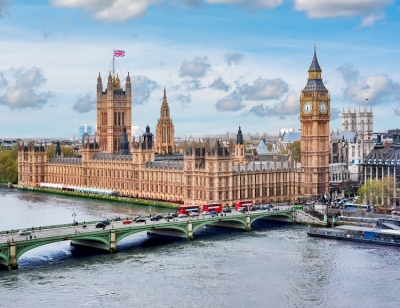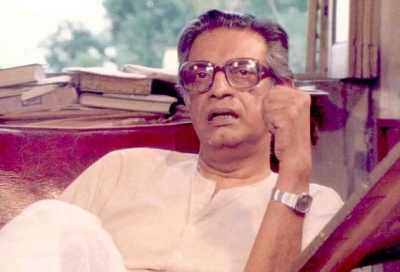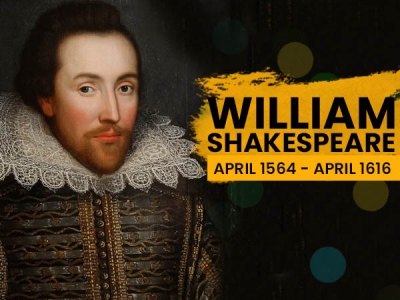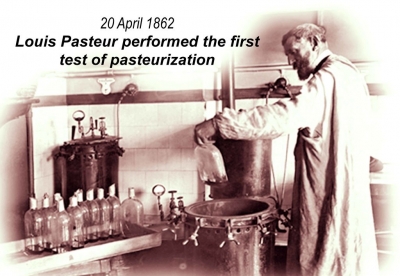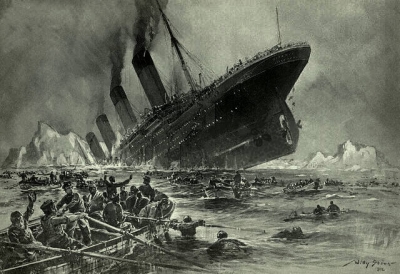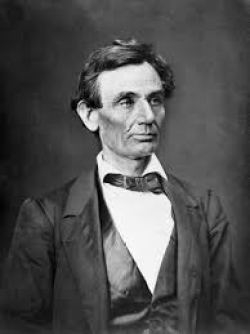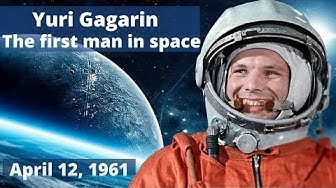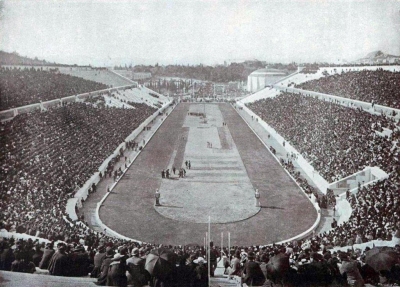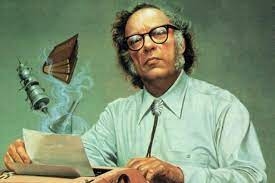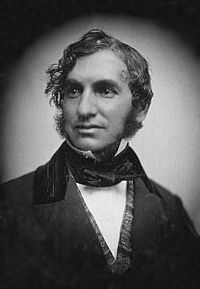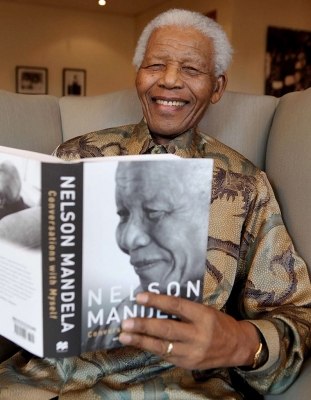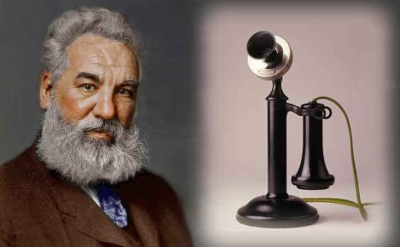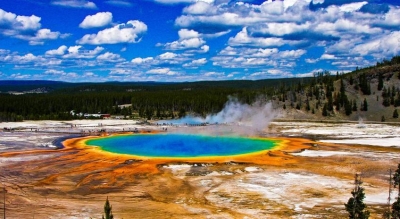What was the Chernobyl disaster?

The Chernobyl disaster was a nuclear accident that occurred on 26 April 1986 in the Chernobyl Nuclear Power Plant near the city of Pripyat in the Soviet Union. It is the worst nuclear disaster in history both in terms of cost and casualties.
The disaster took place during a safety test on the steam turbine of a nuclear reactor. To conduct the test it was necessary to decrease the reactor power. However the power output unexpectedly dropped to near-zero. Despite this the operators went ahead with the test.
After the test the operators triggered a shutdown but instead an uncontrolled nuclear chain reaction took place which led to an enormous release of energy in the form of explosions.
A fire in the graphite reactor core released large amounts of radioactive material into the atmosphere which was carried over great distances by the wind. More than 100 people lost their lives directly due to the incident but many more died due to complications from radiation exposure.
The government evacuated more than one lakh people from surrounding areas in the following hours. However the fallout of the radiation contamination was unimaginable. For weeks unsuspecting people were eating meat, milk, eggs and vegetables that came from items which were contaminated from the radiation. In Some cases even wool that came from sheep which had been contaminated made people sick and caused illness including cancer.
Chernobyl is regarded as the worst anthropogenic (resulting from the influence of humans on nature) disaster to have happened in the history of the world.
Picture Credit : Google
